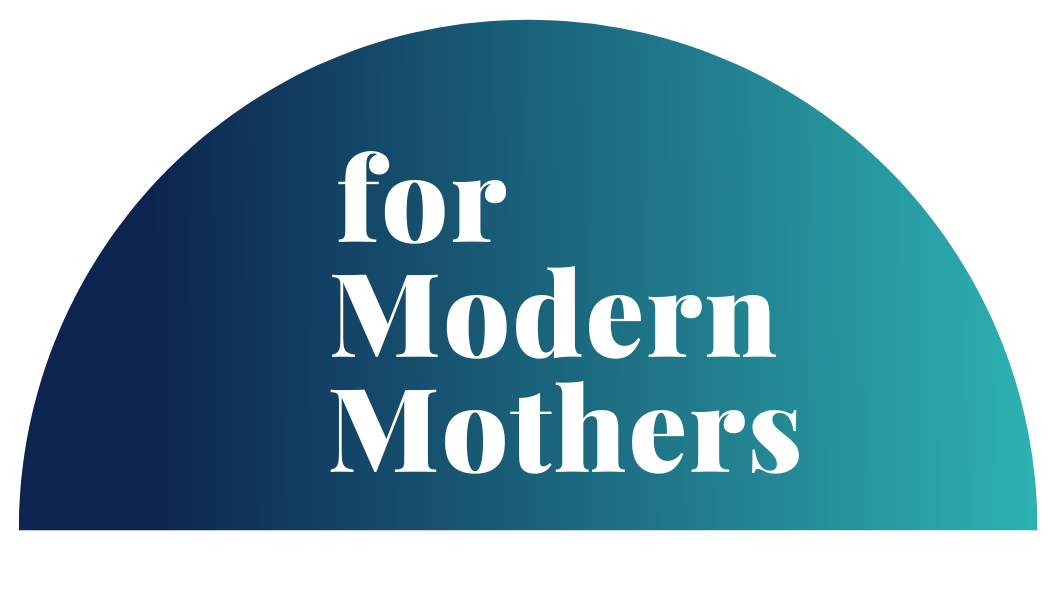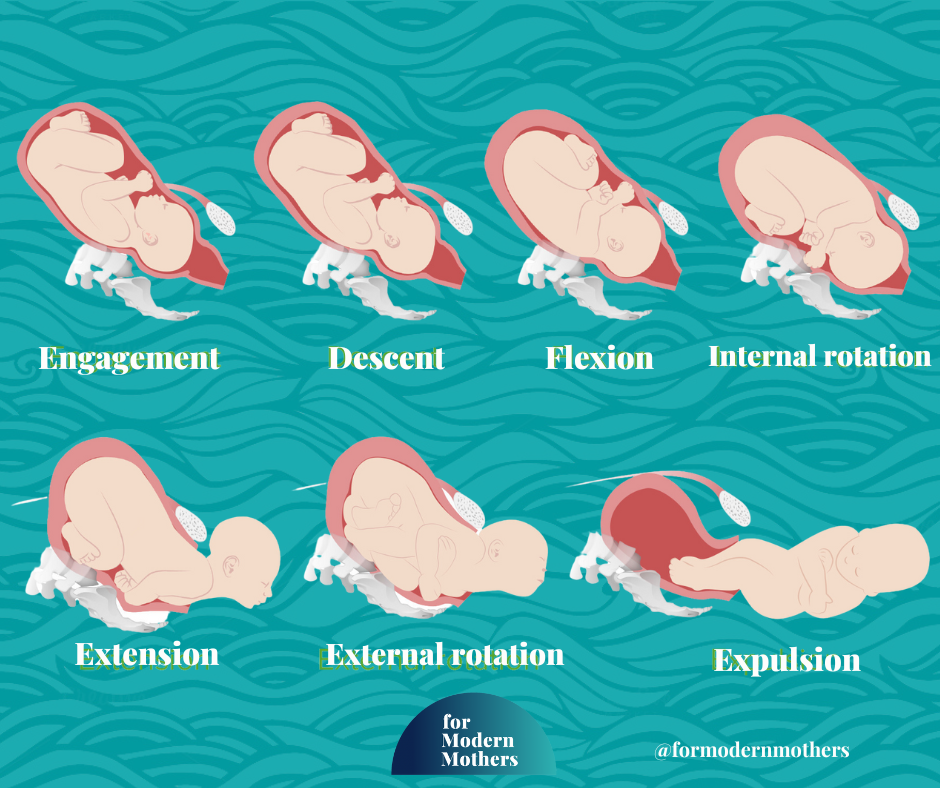Cardinal Movements of baby in labour
I love to explain how baby moves down through the pelvis in labour on my Antenatal & Hypnobirthing Courses. Because when you understand how there is so much more to labour than ‘pushing the baby down and out’ it can help you feel less fearful and more intune with your body by having a greater understanding of the process. And then you can feel you’re working with your body not against it.
It’s not simply a downward movement, there is lots of rotational movement too. And know that labour is not all about dilation (open of the cervix) and downward movement means that you can be less worried in labour about ‘progress’ (ie how dilated your cervix is, or whether you can see of feel babys head yet)
So this video is utterly amazing, and show that movement:
How great is that? As well as being very cool and clever, this movement is all about baby being in a suitable position for birth to proceed physiologically. It allows the smallest part of the baby (the crown/top of the head) to present first and then for baby to travel through the depth of the pelvis perfectly. Babies know how to do this, it’s a blueprint that’s built in - they will try their best to move and shift into a position inside the womb that facilitates their birth. For the mother it’s all about allowing it to happen by being free to move your body in labour (which is why we talk about active birth and biomechanics on my Antenatal & Hypnobirthing Courses).
The whole series of rotational movements that babies make to travel through the pelvis in labour are called ‘Cardinal movement’. It’s not that you’ll feel each one, or that you need to know when baby is doing them in your labour - don’t worry about that. I just think that it’s really interesting to know about them (but then as a birth geek I would!!), and I think that it really helps parents to be understand why moving in labour and not being stuck lying on a bed is hugely important.
Why does your baby need to rotate?
The reason they need to do this is firstly that the pelvis is not a round shape, but more oval. The top (brim) of the pelvis very commonly is wider side to side, and narrower front to back. Whereas the bottom of the pelvis (the outlet) has more space front to back. So your baby needs to turn, like a key unlocking the door, to come through the pelvis during birth.it’s also important to know there’s a wide natural variation in pelvis shapes, depths and sizes - that’s normal and no problem as you your pelvis is deigned to move a lot in labour to let the baby travel through. the relaxin hormone helps the ligaments that hold the three parts of your pelvis be way more stretchy than in non-pregnancy, which facilitate this movement. Super clever again.
So lets look at these cardinal movements
Engagement
So as baby’s head comes down in the most common foetal position, head down with the back of their head to the front left side , they settle into the pelvis in ‘engagement’. This is when babys head is four fifths of the way into the brim of the pelvis. Your midwife might mention this in labour or in an antenatal appointment later in your pregnancy, that the head is ‘engaged’. This is the start of the birthing process and the baby getting themselves into the position for the start of labour and birth.
Anything that can encourage baby to move down into the brim of the pelvic and support this engagement can be something you may want to do towards the end of your pregnancy. Again we talk about the ‘biomechanics’ of the pelvis more on my Antenatal & Hypnobirhting Courses So perhaps sitting on a birth ball with your knees wide and circling or moving your hips in a figure of 8 could be things to take a positive, supportive action.
Descent & Flexion
Now the head is through the brim, to help babies head then move down into the middle of the pelvis (the pelvic cavity), the next movements are descent and flexion. Babys head reaches the soft tissues of the pelvic floor, and this aligns their head into a chin toward chest position - allowing the smallest part of baby to travel down and ‘present’ first as they are born.
Internal Rotation
As the baby’s head reaches the pelvic floor babys head will rotate in what’s called internal rotation, and so accommodate the changes through the cavity of the pelvis.
Extension
Once the baby is fully rotated and descended, extension occurs - babys head passes through the pelvis at the base of the neck. Once extension occurs, the face and head appear outside the body. The actual birth has started!
Your surges (contractions) are doing the work here - staying comfortable by moving your body into positions that feel good to YOU is what’s required. Sometimes is a movement into a new position, sometimes it’s moving into and out of positions and repeating that which is helpful. But the more you can move following instinct and felt sense the better. Of course your midwife or Doula can suggest and gently guide you too. And your birth partner could also suggest thins (which they will know from coming on my course with you) as well as helping you move into these postitions too.
External Rotation
Once the head is born (you’re so nearly there!), external rotation then happens which alleviates strain on their neck and head from the pelvic muscles. Baby’s chest is now on the pelvic floor. The babys face now moves from face backwards, to either the left or the right. This is so that babys shoulders fitting through around and under the pubic arch of the pelvis.
Expulsion
The final movement! Expulsion is the movement where your babys shoulders pass the pubic bone and are born. Once your babys shoulders pass through, the whole baby can be born now. The shoulder behind (the posterior shoulder) is born first, then the front (anterior) shoulder as baby rotates and is born.
So very clever stuff. And I hope it’s helpful to aid your understanding of labour, and that the infographic and the video really help too (isn’t that video so amazing! Love it). Because when you are familiar and understand your amazing body and your amazing baby, and what you can do to help and support birth that really puts you in a more empowered position. If you want to know more about supporting yourself in labour, staying calmer and more confident, feel really prepared, and how to work brilliantly with your baby, your birth partner, and your midwife and care team then do take a look at my Antenatal & Hypnobirthing Courses here. I also do refresher courses and private one to one courses too.
And anything else I can help with please do let me know
Susan


